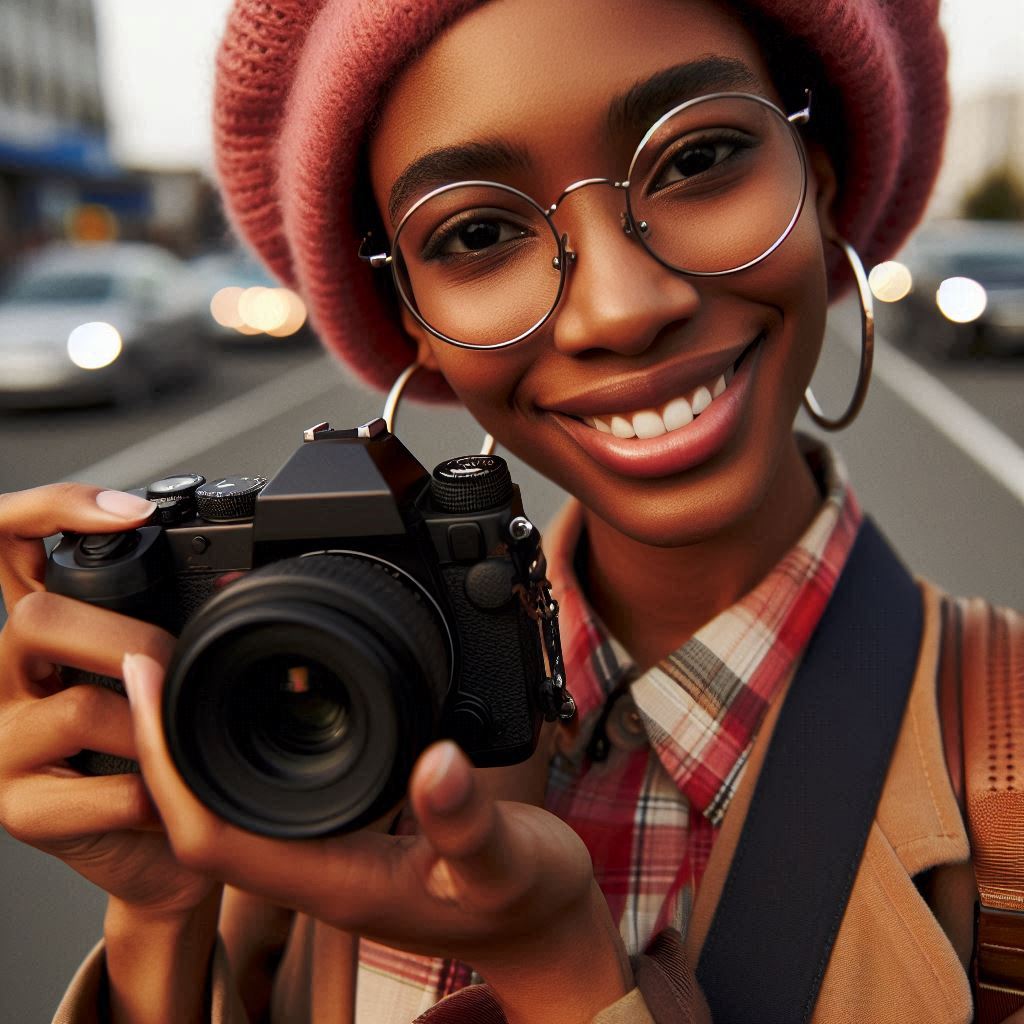
Manual mode on a camera, often labeled as ‘M’ on the mode dial, gives photographers full control over the camera’s settings. This means you get to decide the ISO, shutter speed, and aperture for each shot. Unlike automatic or semi-automatic modes, manual mode doesn’t assist with these settings, so you make all the decisions.
Back To The Early Days
The journey of the manual mode dates back to the early days of photography. Back then, cameras didn’t have any automatic functions at all. Photographers had to understand the intricate details of exposure and light. As technology evolved, manufacturers introduced automatic features to make photography accessible to everyone. Despite these advancements, manual mode remained a staple for those looking to perfect their craft.
Understanding manual mode is crucial if you want to grow as a photographer. Auto modes are convenient, but they don’t always deliver the creative control and precision professionals need. When you use manual mode, you learn about the relationships between shutter speed, aperture, and ISO. This deeper understanding helps you capture images exactly as you envision them, giving life to your creative ideas.
When to Use Manual Mode
Manual mode is your go-to in situations where lighting conditions are tricky. Scenes with a lot of contrast or tricky lighting, like sunsets or night shots, often confuse auto settings, but manual mode lets you adapt on the spot.
When shooting portraits or landscapes, manual mode shines. You get to control the depth of field, bringing either the subject or the entire scene into crisp focus. Portraits benefit from an intentional blur of the background, making the subject pop, while landscapes often need everything in sharp focus.
You Are In Control
Crowded scenes and fast-moving subjects can also benefit from manual mode. Adjusting shutter speed manually ensures you can freeze action or create motion blur effects, depending on what you’re trying to achieve.
If you’re dealing with constantly changing lights, manual mode keeps you in control. For instance, if you’re shooting in a forest with patches of sunlight and shade, manual settings allow you to choose the best exposure and ISO settings without relying on the camera’s guesswork.
A great example of professional photographers using manual mode is during studio shoots. Here, consistent lighting setups mean precise control over every aspect of the shot is crucial. Manual mode helps nail the perfect exposure every single time.
How to Use Manual Mode
Start by setting your ISO. This controls your camera’s sensitivity to light. In low-light conditions, a higher ISO setting like 800 or 1600 might be necessary. For bright environments, keep it lower, around 100 to 200.
Next, adjust the aperture, which affects the depth of field. A smaller f-number (like f/2.8) means a larger aperture and a shallower depth of field, perfect for portraits. A higher f-number (like f/11) offers a larger depth of field, ideal for landscapes.
Shutter speed is up next. This controls how long your camera’s sensor is exposed to light. To freeze motion, a faster shutter speed (like 1/500 sec) is essential. For a motion blur effect, opt for a slower speed (like 1/30 sec).
Balancing the exposure triangle—ISO, aperture, and shutter speed—is key. If you change one setting, you’ll need to adjust the other two to maintain the right exposure. Take test shots and tweak settings based on the histogram displayed on your camera.
Manual focus versus autofocus is another consideration. Manual focus is great for precise control, especially in low-light or macro photography. However, for moving subjects, autofocus can be more practical.
Finally, practice makes perfect. Start by taking your camera out in different lighting conditions and experimenting with various settings. Over time, you’ll develop an intuitive feel for what adjustments are needed to get the perfect shot.
Pros of Using Manual Mode
Using manual mode offers a lot of creative freedom. You have total control over your shots, from exposure to focus. This means you can capture scenes exactly as you see them, making your work stand out.
One major advantage is the flexibility it brings. You’re not at the mercy of the camera’s automatic decisions, which might not always nail the exact look you’re going for. This can be especially useful in tricky lighting conditions where the camera might get confused.
Another perk is the learning curve itself. While it might seem tough at first, getting the hang of manual mode sharpens your photographic skills. You become more intuitive about light, composition, and the technical aspects of photography. This is invaluable for anyone serious about improving their craft.
There Are Some Downsides
However, manual mode isn’t without its downsides. For one, it’s time-consuming. Adjusting settings for each shot can slow you down, which isn’t ideal in fast-paced situations like sports or street photography. You might also miss some spontaneous moments because you’re too busy tweaking your settings.
Manual mode also has a steeper learning curve compared to automatic or semi-automatic modes. If you’re a beginner, the myriad of settings can feel overwhelming. It takes practice and patience to get proficient.
Balancing creativity and convenience can be a challenge. While manual mode unleashes your creative potential, it requires effort and attention to detail. Understanding when to use it versus an automatic mode is key to getting the best out of your camera.
Embracing Manual Mode
By now, it’s clear that manual mode offers unmatched control and creative freedom in photography. While it can be a bit daunting initially, the rewards are well worth the effort.
Start integrating manual mode into your regular shooting routine. Even if you’re accustomed to auto settings, challenge yourself by switching to manual for specific projects or photo sessions. You’ll quickly see the difference it makes in your work.
Don’t be afraid to make mistakes. Experimenting is part of the learning process. Each misstep is a lesson that brings you closer to mastering manual controls.
Consider joining photography groups or forums where you can get feedback and tips from seasoned photographers. Sometimes, the best way to learn is by seeing how others use manual settings to achieve their shots.
Final Thoughts
Keep practicing. There’s always something new to learn or a unique way to use manual settings. The more you practice, the more confident you’ll become, and soon, controlling your camera’s settings will feel like second nature.
Manual mode isn’t just for the pros. It’s a powerful tool for anyone serious about understanding and improving their photography. So grab your camera, switch it to manual, and start capturing the world as you see it.
Did you enjoy this post? Do you want to know when the next post comes out? Consider subscribing. I only send update emails once a week, usually on Friday. Try it out. You can unsubscribe at any time.
